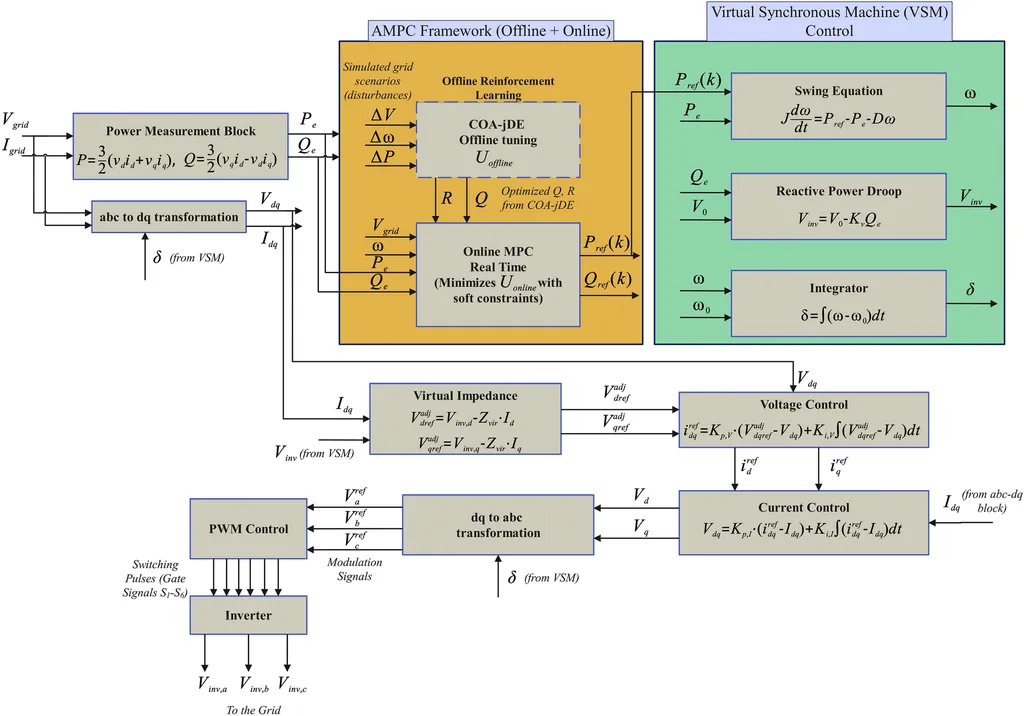In the rapidly evolving energy landscape, the integration of renewable energy sources into power grids is accelerating, transforming traditional systems into complex networks of multi-converter systems. However, this shift brings with it significant challenges, particularly in ensuring the stability and reliability of these increasingly intricate grids. A recent study published in the *International Journal of Electrical Power & Energy Systems*, titled “Small-signal stability analysis of power systems with high renewable penetration based on dynamic equivalent model,” addresses these challenges head-on. Led by Yong Yan from the School of Information Science and Engineering at Wuhan University of Science and Technology, the research offers a novel approach to analyzing the stability of power systems with high renewable penetration, potentially reshaping how energy providers and grid operators manage these dynamic networks.
The study focuses on the “curse of dimensionality” problem that arises as the number of converters in a power system increases. Converters, which are essential for integrating renewable energy sources like wind and solar power into the grid, are often configured with different parameters to suit various working conditions. This diversity in control parameters leads to varying dynamics among converters, complicating the stability analysis of the entire system.
“Traditional methods assume that the dynamics of all or adjacent converters are identical, which can introduce inaccuracies in the stability analysis,” explains Yong Yan. “Our research proposes a dynamic equivalent model that thoroughly considers the differences among all converters, providing a more accurate and efficient way to analyze system stability.”
The dynamic equivalent model introduced in the study, referred to as the multi-converter system with different dynamics (MCS-DD), superimposes the discrepancies between the dynamics of individual converters and a standard converter onto the grid-side node connected to each converter. This approach effectively reduces the full-order model of n converters from n×m dimensions to 1×m dimensions, significantly simplifying the modal analysis process.
“By reducing the computational complexity, our method not only improves the accuracy of stability analysis but also makes it more feasible to implement in real-world scenarios,” Yan adds. The effectiveness of this method was verified through both modal analysis and time-domain simulation on a two-area four-converter test system and a nine-converter system, demonstrating its potential for practical application.
The implications of this research are substantial for the energy sector. As renewable energy penetration continues to grow, ensuring the stability and reliability of power grids becomes paramount. The dynamic equivalent model proposed by Yan and his team offers a promising solution to the challenges posed by the increasing complexity of multi-converter systems.
“This research has the potential to shape future developments in the field by providing a more accurate and efficient method for stability analysis,” says a senior energy analyst who reviewed the study. “As we move towards a more renewable-centric energy landscape, such advancements are crucial for maintaining the integrity and reliability of our power grids.”
The study’s publication in the *International Journal of Electrical Power & Energy Systems* underscores its significance and relevance to the broader scientific and engineering communities. As the energy sector continues to evolve, the insights and methodologies presented in this research are likely to play a pivotal role in shaping the future of power system stability analysis and management.

